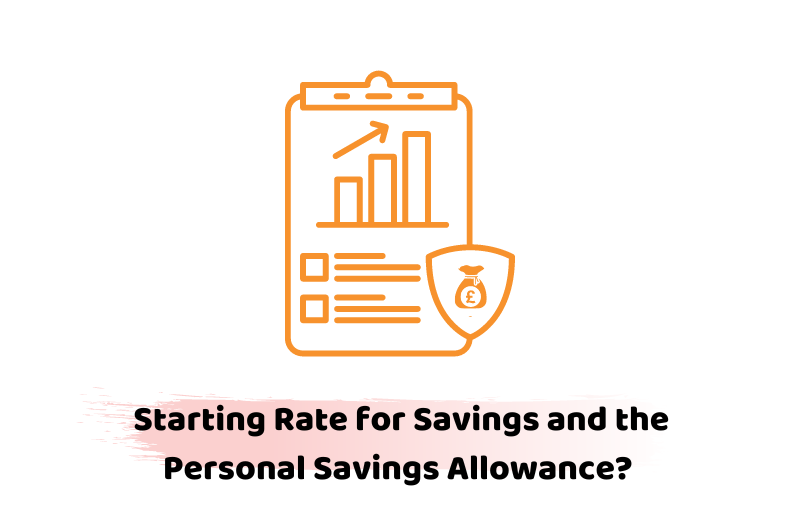Starting rate of savings is zero percent of taxes on the savings on which you are earning interest. For this, you need to calculate many other things like personal allowance and your tax bracket in which your income falls to get the most out of starting rate of savings and personal savings allowance.
If you are saving for your retirement or you have an additional source of income from your interest income in your retirement, you can reduce your tax bill by getting more information about the tax on savings and other saving allowances.
In this blog, we will discuss the starting rate of saving and personal saving allowance. Moreover, we will discuss how you can calculate it. So, let’s start!
Accotax can help you save tax on your savings and interest on them by giving you the best taxation tips. For more taxation tips, please talk to our accredited tax advisors.
Personal Income Allowance
Personal income allowance is applicable to all the income you receive from one or different sources. For example, if your income is being received from different sources like your main job, dividend income, interest income, rental income and pension etc. You will enjoy an income allowance on the total income.
You will not get an income allowance for each of your income sources. HMRC allows an income allowance of £12,570 and you won’t pay any tax on it. On the other hand, if your income is above this threshold, you will determine the tax bracket in which your income falls and then your tax rate will be determined accordingly.
Starting Rate of Savings
Starting rate of savings helps those whose income is less than the personal income allowance of £12,570. If a person’s income is falling below the income allowance, he is eligible to enjoy tax-free interest income of up to £5,000 on their savings.
Before this, there was a tax of 10% on your savings. However, it was changed to 0% in 2016 with legislation. Under this law, you can get tax-free savings if your income is less than the income allowance threshold.
On the other hand, if your income is above the income allowance, you can still enjoy tax-free savings of up to £5,000. Let’s understand this with the help of an example!
For example, your income is £15,000. In this case, the income allowance of £12, 570 is already tax-free. However, if you subtract the remaining amount of £2,430 from the starting rate of savings to get the savings tax-free.
Personal Savings Allowance
Personal savings allowance is applicable according to the tax bracket of the taxpayer. The personal saving rate is different for each taxpayer according to their tax bracket. For example:
If your income is from £12,570 to £50,270, you are the basic rate taxpayer. It means you pay tax at a rate of 20%. So, you will get a personal saving allowance of £1,000.
Similarly, if you are a higher-rate taxpayer with an income of £50,271 – £150,000, you will pay a tax of 40% on your income and you will get a personal savings allowance of £500.
Lastly, if you are an additional rate taxpayer as your income is more than £150,000, you are paying a tax at a rate of 40%. In this case, you get no personal savings allowance. You will have to pay tax on all your savings.
The Bottom Line
Lastly, we can say that starting rate of savings is for those people with an income less than the income allowance threshold. On the other hand, the savers can save £5,000 in savings as tax-free. The personal savings allowance is charged based on the tax bracket of the savers.
From petty to grave tax issues, Accotax brings the most favourable tax solutions to all your taxation problems. Feel free to give us a call or send us a message.
Disclaimer: All the information provided in this article on Starting Rate of Savings, including all the texts and graphics, is general in nature. It does not intend to disregard any of the professional advice.





















































